3D PRINTING VR HEADSET HOLDERS

Written by Peter Stolmeier
Around this time last year, we posted a blog about our, what we thought would be temporary, work from home setups. My solution was to set up the office equipment over the top of my neglected home office.
I liked the ‘new on top of old’ aesthetic I had going on; it felt like that time Commander Riker had to get the U.S.S. Hathaway running by ripping out fiber optic cables from the ceiling and — [Editor’s Note: Peter talks about Star Trek for a while so we’ve trimmed it.] — this is, of course, after he grew the beard.
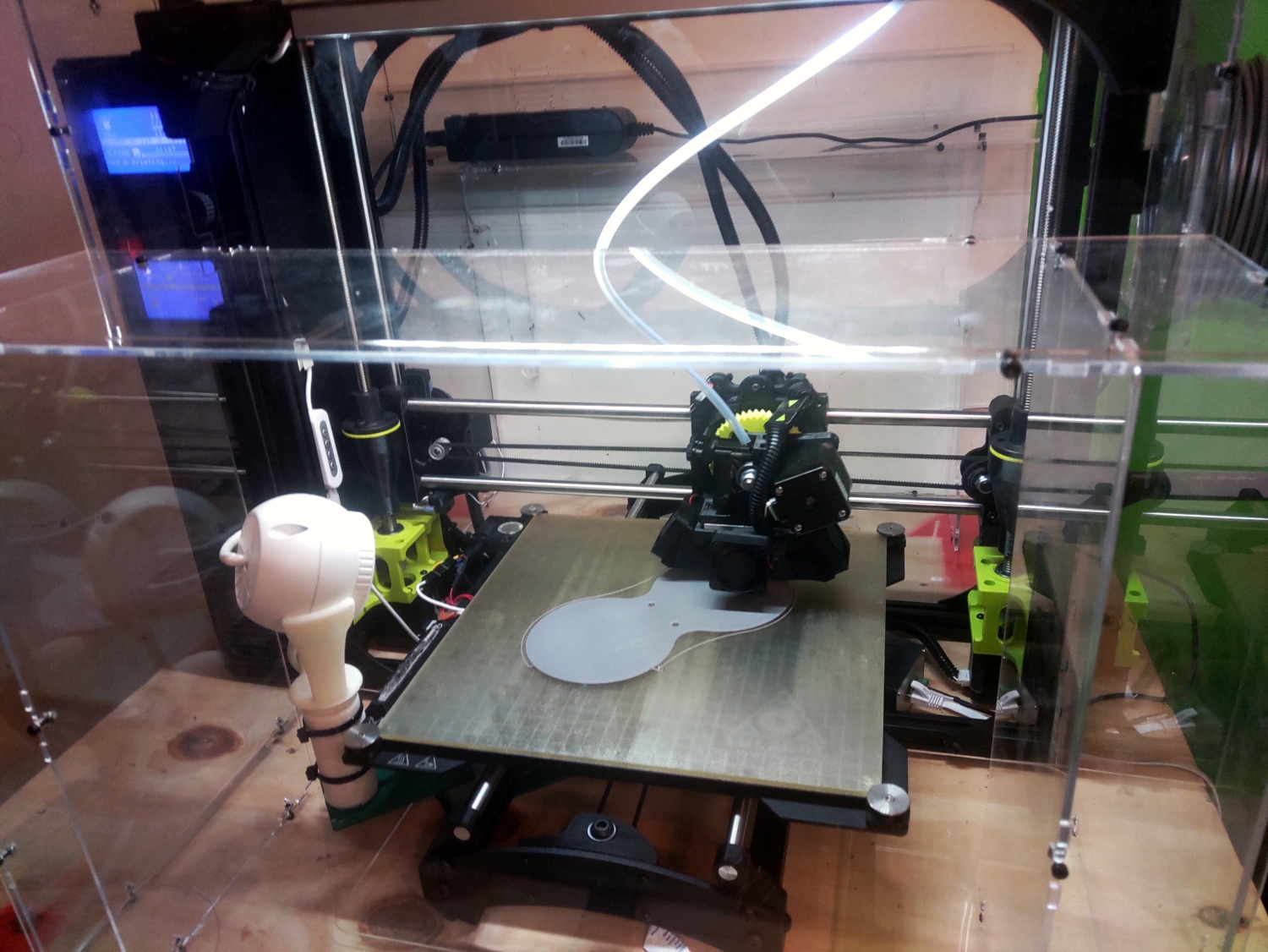

This system has managed to surpass my expectations, and it’s even improved my productivity!
Now, a year into “these unprecedented times,” I find myself ready to finally renovate my at-home workspace to something I like to call 2031 compliant. That means the pile of virtual reality (VR) headsets just will not do anymore.
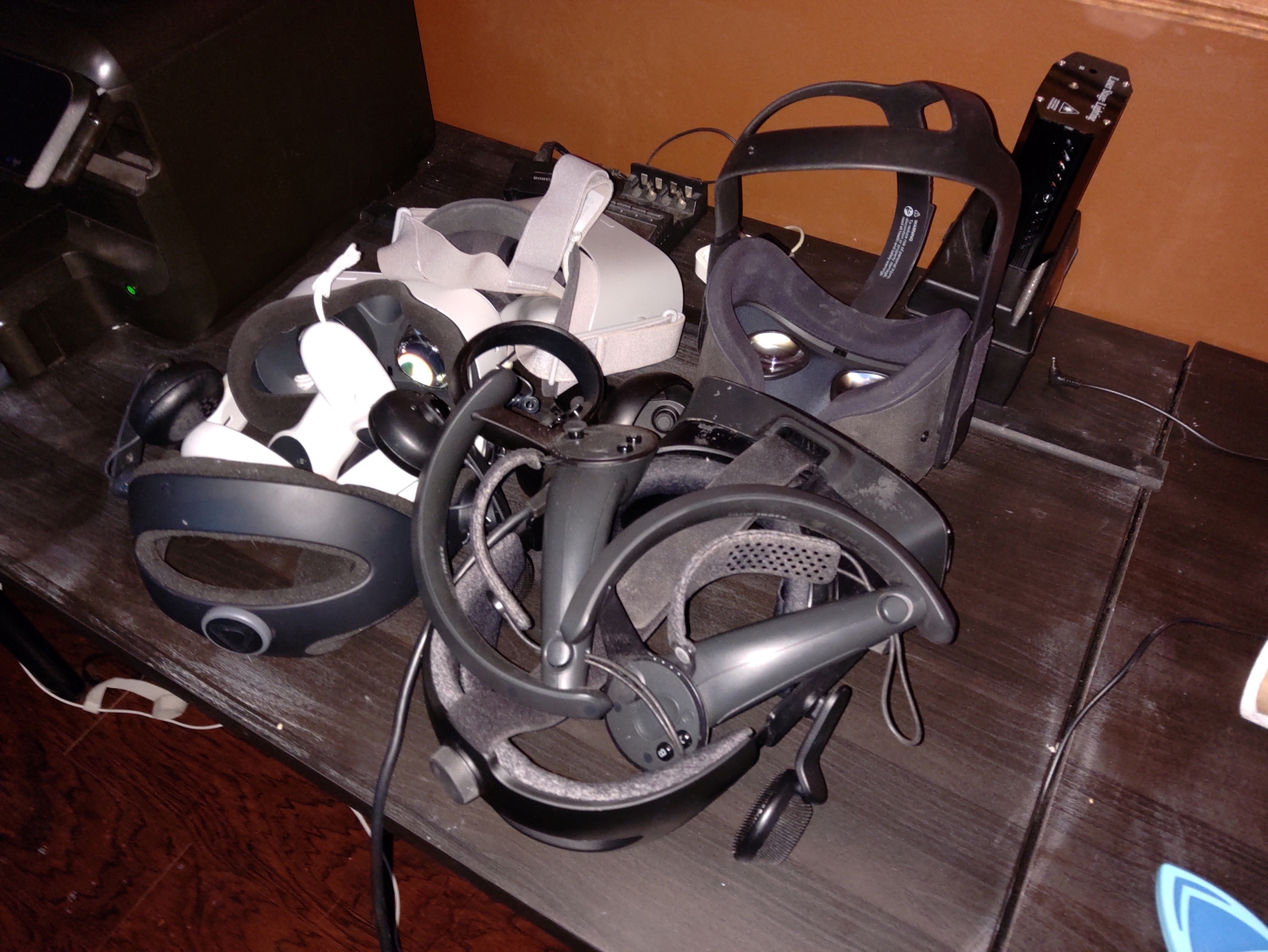
I really do use all these headsets, yes, even the Oculus GO. In rare instances, all five on the same day.
It’s important I keep them close to my desk for easy access, but I clearly have a serious organizational problem. Some of this can be solved in traditional ways. The Valve Index is wired to the PC so it can stay on an already existing hook on the back of the monitor.

The other headsets are wireless and therefore have more options for placement. Amazon has a great selection of choices, but it wasn’t until I started looking on Thingiverse that I found what I really wanted.
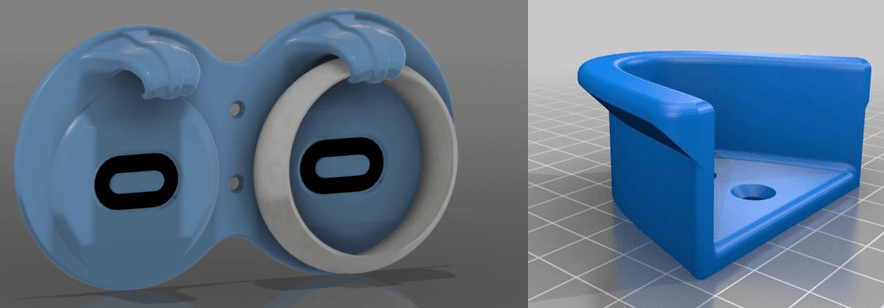
When Annie and I founded, Futurus – the parent company of Amebous Labs – there wasn’t a single consumer-level virtual reality headset, and roomscale tracking was only theoretical. That meant we had to do a lot of prototyping and create bespoke products for clients. Our Lulzbot Taz 6 was a huge help with that and it’s still going strong.

I’ve made many upgrades to it over the years, swapping out the heads, replacing the bed, and even adding a plexiglass shield to isolate the prints.
We can use all kinds of filaments, but I prefer PLA over the other thermoplastics. PLA has many advantages; it melts at lower temperatures, sticks to the bed better, is made from renewable materials like sugar and cornstarch, and because of that, is biodegradable and does not fill the room with a toxic odor.
Users Lensfort and CyberCyclist independently developed parts for a system that not only met all my needs but was minimalist in a way that was perfect for my office wall.

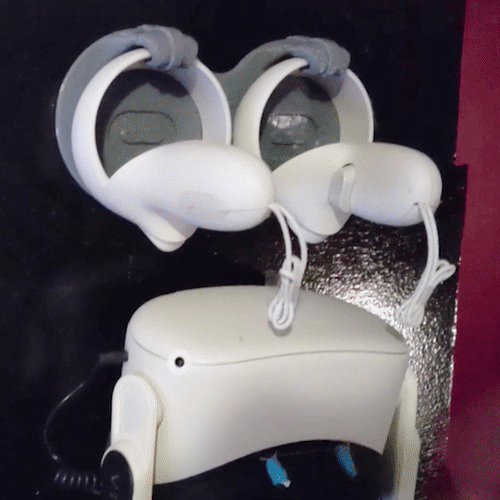
This system has managed to surpass my expectations, and it’s even improved my productivity! It’s gone over so well I’m printing several for the rest of the office crew.
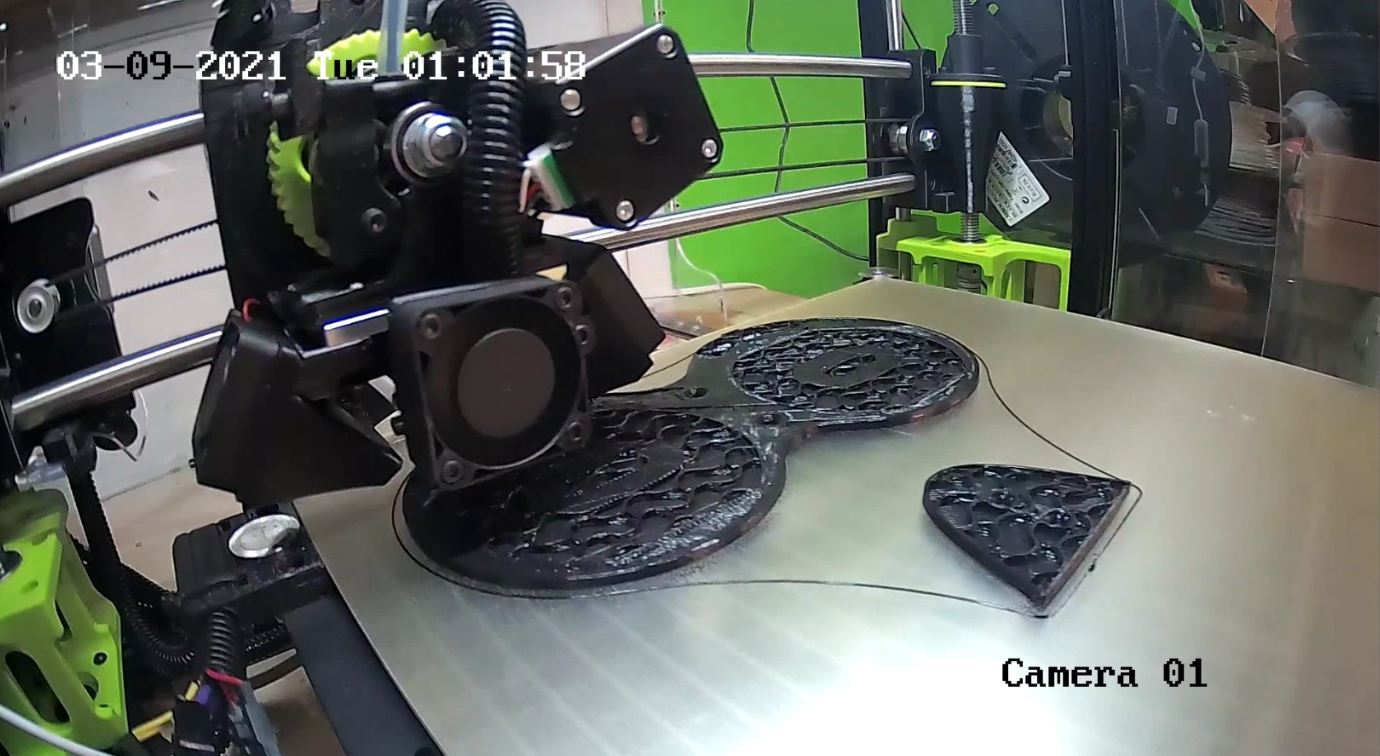
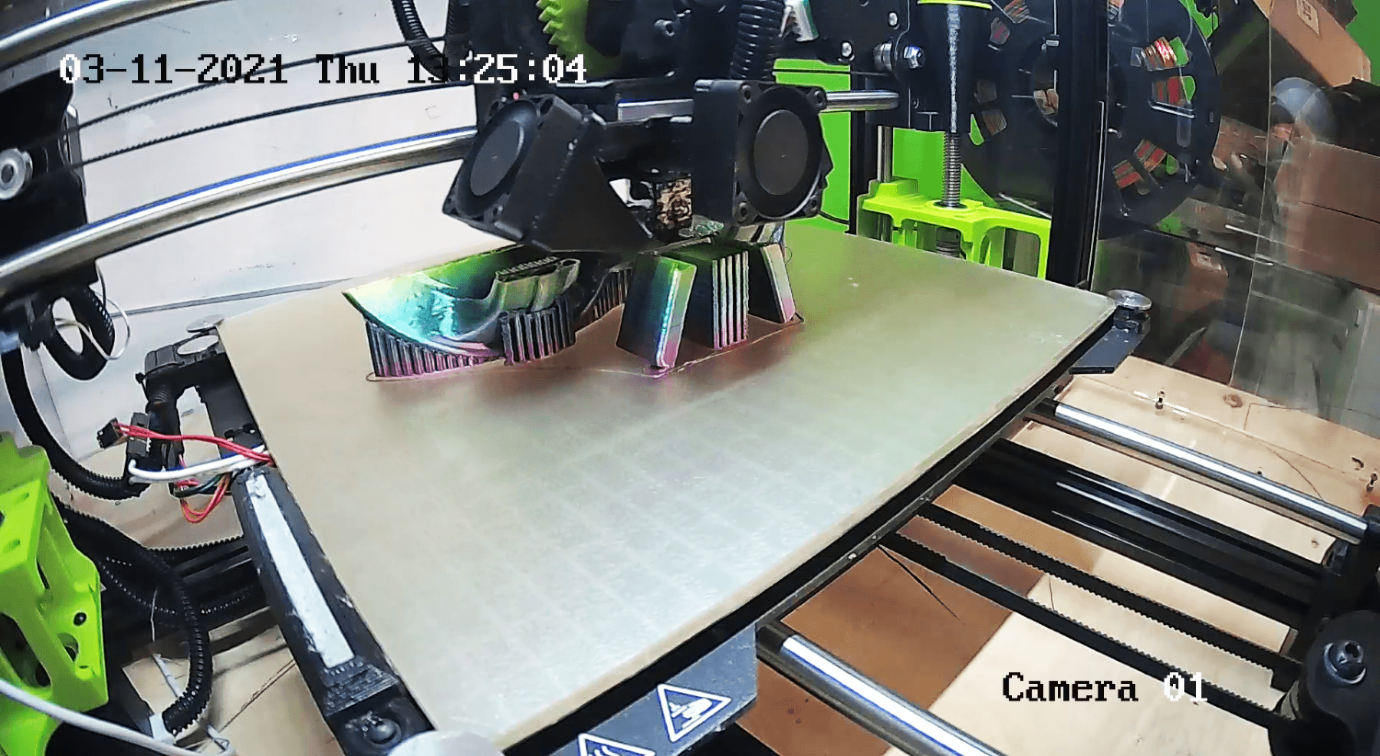
Watch the 3D print in action!
We’re printing a rainbow-colored Oculus Quest headset holder on our Discord server to give to one of our fans! Watch the live video feed in the Loam Zone streaming channel this Friday, March 19, starting at 10 AM Eastern. The print will be running throughout the afternoon. Stop by to see the progress of the 3D print and drop your 3D printing questions in the chat.

Written by Peter Stolmeier
LIGHTING FOR MOBILE

Written by Peter Stolmeier
Working on a video game can be challenging in the best of times, but it gets significantly harder in virtual reality (VR) or when using the mobile platform’s limited power. So, when we decided to make a video game in VR on a mobile platform, we had many challenges to overcome.


It’s important to mention that these are only temporary textures and effects as a proof of concept, but already we see promise.
An important part of our game’s immersion is the passing of time while outdoors enjoying cultivated nature. That means we would have to find a way to do a broader lighting effect for sunlight than the limited real-time lighting the mobile chipset would allow.
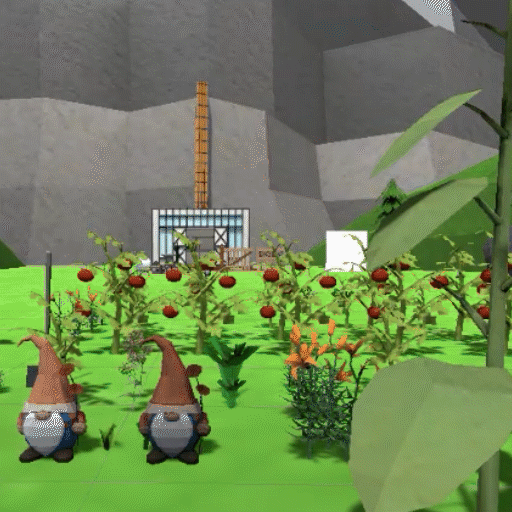
It is difficult for the Oculus Quest to render this many real-time lights.
In 3D engine terms, lighting is only relevant to the changing of an object’s color. With that in mind, at least in the beta process, our solution is to change the color of textures ourselves outside of the game engine by prebaking and then inside the engine programmatically.
Prebaking a texture allows us to have some shadow information that is not needed to be calculated by the game engine freeing up resources for other things. The only problem is that they will not react to the sun, so we still need to help it along with some color.

Shader Graph is a built-in system in Unity that lets us have detailed control of our objects’ look. In it, we can blend in different effects to get the look we want. Since this is a dynamic process, it’s possible to blend multiple textures in real-time to make it easier on system resources but effective across the entire world.
It’s important to mention that these are only temporary textures and effects as a proof of concept, but already we see promise.
We’ll try to revisit this once we have more permanent looks to see if they are as useful to our game as we suspect.
